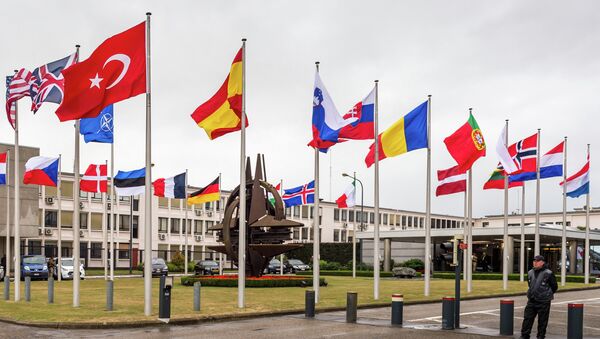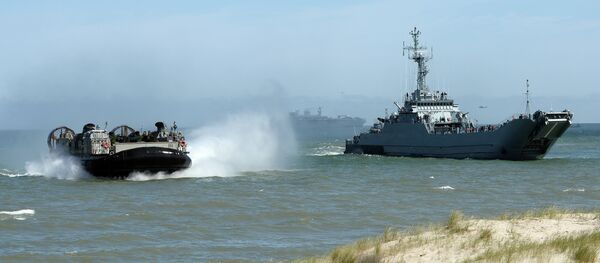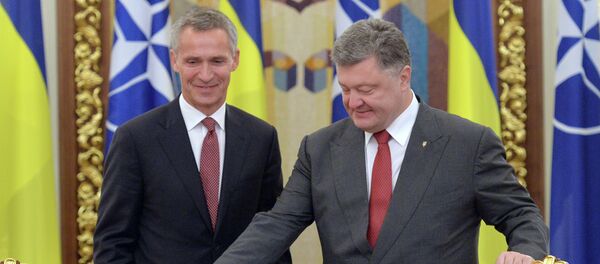"The bet is by Warsaw we will have the architecture of this full spectrum deterrence," Pothier said at an Atlantic Council conference on NATO’s future.
Since 2014, NATO has been increasingly focused on the perceived threat of Russia on its eastern flank. The previous 2014 Wales Summit focused on responding to the alleged Russian threat by mobilizing rapid reaction forces, increasing joint exercises and promoting increased defense spending among allied states.
The plan for the Warsaw Summit, scheduled for July 2016, will emphasize the need to "restore stability in Europe whilst managing competition with Russia," Pothier stated.
He noted that after the quieter decades following the Cold War, "deterrence is back in the conversation… in European capitals."
Pothier stated that NATO's full spectrum deterrence would include mounting responses to conventional and non-conventional challenges from Russia. It will focus on countering Russian anti-access area-denial capabilities in the maritime domain, hybrid threats and cyber threats.
Since the March 2014 reunification of Crimea with the Russian Federation, NATO has increased the number of military exercises, strengthened relationships with non-NATO partner countries on Russia's borders as well as deployed rotational troops to its eastern flank.
Russia has repeatedly warned that the increased NATO activity along its borders is provocative and poses a threat to regional stability.




